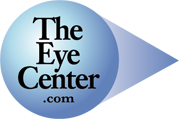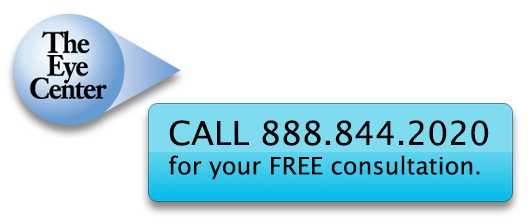Double Vision
If you see two versions simultaneously of an object that you are looking at, you may have a condition known as double vision, also referred to as diplopia. Double and blurred vision are often thought to be the same, but they are not. In blurred vision, a single image appears unclear. In double vision, two images are seen at the same time, creating understandable confusion for anyone who experiences it.
What causes double vision?
There are two possible causes:
Refractive causes – Light from an object is split into two images by a defect in the eyes’ optical system. Cataracts might, for example, cause such a defect.
Failure of both eyes to point at the object being viewed, a condition referred to as “strabismus” or “squint” – In normal vision, both eyes look at the same object. The images seen by the two eyes are fused into a single picture by the brain. If the eyes do not point at the same object, the image seen by each eye is different and cannot be fused. The result is double vision. Why might eyes not point in the same direction? Usually because of a defect in the muscles which control the movement of the eyes or in the control of these muscles through the nerves and brain.
What are its implications?
Double vision can be extremely discomforting. In young children, the brain acts to alleviate the discomfort by suppressing, or blanking out, one of the images. If this suppression persists over a continued length of time, it can lead to an impairment of the development of the visual system. The suppressed eye may get to the point where it is unable to see well, no matter how good the spectacle or contact lens correction. Doctors call this condition amblyopia. Since it is a result of a defect in the interpretive mechanisms of the eye and brain, it is more difficult to treat than a refractive condition (one having to do with the eyes’ ability to bend light).
How is it treated?
Treatment of double vision consists of prism glasses and/or surgical straightening of the eye, or a combination of the two.
Printable Version (PDF)
This educational material is provided by Dialog Medical.
© Copyright 2005 Dialog Medical
All Rights Reserved
The Eye Center
Call Toll Free 1.888.844.2020

